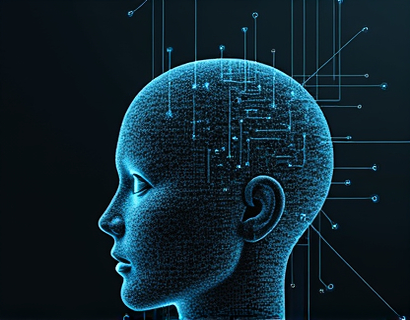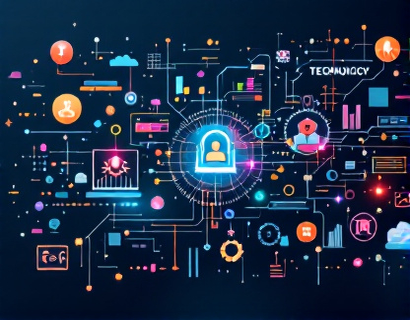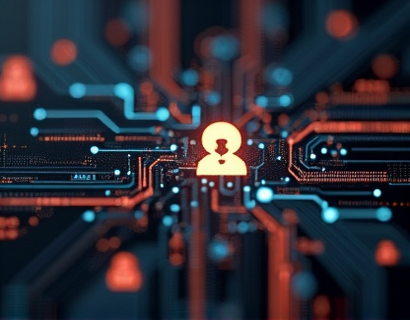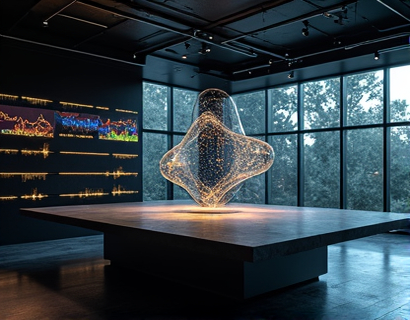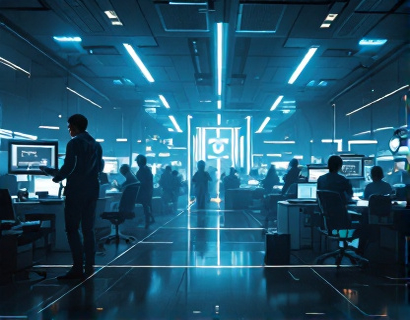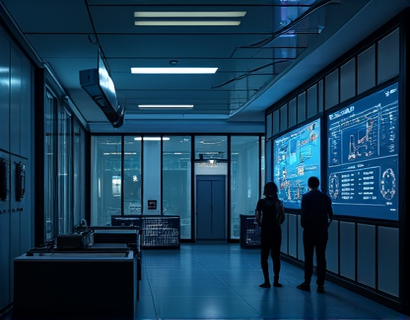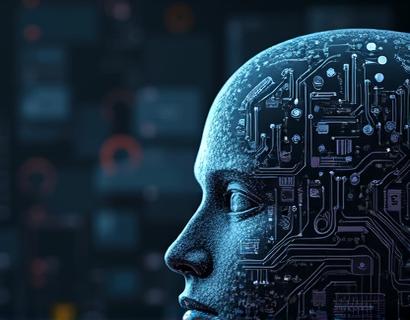UX Design Trends 2025: Mastering Digital Transformation with Expert Strategies and Insights
In the rapidly evolving landscape of digital products and services, UX design plays a pivotal role in ensuring user satisfaction and driving business success. As we step into 2025, the field of UX design continues to evolve, influenced by technological advancements, changing user behaviors, and emerging design trends. This article delves into the key UX design trends for 2025, offering expert strategies and insights to help designers stay ahead and deliver exceptional digital experiences.
1. Personalization at Scale
One of the most significant trends in UX design for 2025 is the focus on personalization at scale. With the increasing amount of user data available, designers and developers are leveraging advanced analytics and machine learning to create highly personalized experiences. This involves tailoring content, recommendations, and interactions based on individual user preferences and behaviors. Personalization not only enhances user satisfaction but also increases engagement and conversion rates.
To implement personalization effectively, UX designers should prioritize data privacy and transparency. Users are more likely to trust and engage with services that respect their data and provide clear explanations of how their information is used. Techniques such as A/B testing and user feedback loops can help refine personalization strategies, ensuring they resonate with the target audience.
2. Inclusive Design
Inclusive design is becoming a cornerstone of UX design in 2025. This approach ensures that digital products are accessible and usable by as many people as possible, regardless of their abilities, cultures, or devices. Inclusive design goes beyond compliance with accessibility standards; it involves a deep understanding of diverse user needs and contexts.
Designers can adopt inclusive design practices by conducting user research that includes a wide range of participants, including those with disabilities. Utilizing tools like accessibility checkers and conducting usability tests with diverse groups can help identify and address potential barriers. Additionally, incorporating inclusive design principles from the outset of a project can prevent costly redesigns and ensure a more equitable user experience.
3. Voice User Interfaces (VUIs)
The rise of smart speakers, virtual assistants, and other voice-activated devices has propelled VUIs to the forefront of UX design. In 2025, designers are focusing on creating seamless and natural voice interactions. This involves understanding the nuances of conversational design, such as context awareness, error handling, and multi-turn conversations.
To excel in VUI design, UX professionals should conduct thorough voice user research to understand how users interact with voice interfaces. This includes testing different voice prompts, responses, and error messages to ensure they are clear and intuitive. Additionally, integrating voice capabilities with other interaction modes, such as touch and visual interfaces, can provide a more comprehensive and flexible user experience.
4. Micro-Interactions
Micro-interactions are small, focused interactions designed to provide feedback and enhance the user experience. In 2025, these subtle yet impactful elements are gaining traction as designers seek to add personality and delight to their products. Micro-interactions can range from loading animations to confirmation messages and gesture feedback.
When designing micro-interactions, it's crucial to maintain consistency and purpose. Each interaction should serve a clear function and align with the overall design language. Using animations judiciously can guide users through tasks, provide visual feedback, and create a more engaging experience. However, designers must ensure that these interactions do not overwhelm or distract from the primary tasks.
5. Dark Mode and Color Contrast
With the growing awareness of screen time and its impact on user well-being, dark mode has become a popular feature in many applications and websites. In 2025, UX designers are focusing on optimizing dark mode experiences, ensuring that text and elements are easily readable and visually appealing. This involves careful consideration of color contrast, typography, and overall visual hierarchy.
Beyond dark mode, designers should pay close attention to color contrast to meet accessibility standards and enhance readability. Tools like the Web Content Accessibility Guidelines (WCAG) provide valuable resources for ensuring that color choices are accessible to all users. By prioritizing readability and visual comfort, designers can create more inclusive and user-friendly interfaces.
6. AI and Machine Learning Integration
The integration of AI and machine learning into UX design is transforming how products function and adapt to user needs. In 2025, designers are leveraging these technologies to create intelligent, adaptive, and predictive user experiences. For example, AI can be used to personalize content recommendations, predict user actions, and automate routine tasks.
To effectively integrate AI and machine learning, UX designers should collaborate closely with data scientists and developers. Understanding the capabilities and limitations of these technologies is crucial for designing intuitive and effective features. User testing and feedback are essential to refine AI-driven interactions, ensuring they provide genuine value and do not introduce frustration.
7. Sustainable Design
Sustainability is no longer just an environmental concern but a design consideration as well. In 2025, UX designers are exploring ways to make digital products more sustainable, both in terms of environmental impact and resource efficiency. This includes optimizing load times to reduce energy consumption, minimizing data usage, and designing for longevity and repairability.
Designers can adopt sustainable design practices by conducting performance audits and implementing optimization techniques. Prioritizing simplicity and clarity in design can also reduce cognitive load and enhance user efficiency. By considering the broader impact of their designs, UX professionals can contribute to a more sustainable digital ecosystem.
8. Remote and Distributed Teams
The shift to remote work has accelerated the adoption of digital collaboration tools and remote workflows in UX design. In 2025, designers are leveraging these tools to maintain productivity and collaboration despite physical distances. This trend has led to the development of new best practices for remote UX design, including virtual user research, remote usability testing, and collaborative design tools.
To thrive in a remote environment, UX designers should invest in the right tools and technologies that facilitate communication and collaboration. Regular check-ins, clear documentation, and structured project management can help maintain alignment and ensure that remote teams stay on track. Embracing flexibility and adaptability is key to success in this new work paradigm.
Conclusion
As we navigate the UX design landscape in 2025, staying informed about the latest trends and adopting expert strategies is essential for driving digital transformation and enhancing user satisfaction. By embracing personalization, inclusive design, voice interfaces, micro-interactions, dark mode, AI integration, sustainable practices, and remote collaboration, UX professionals can create impactful and user-centered digital products. Continuous learning and adaptation will be crucial in meeting the evolving needs of users and businesses alike.



